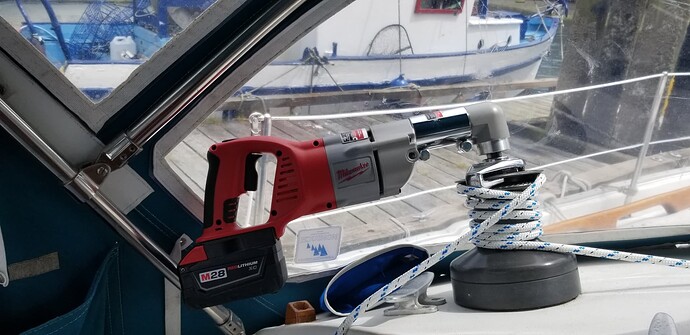I used to follow the below steps while raising the sail.
- Point the bow in the direction of the wind with engine on low RPM
- Release the main
- Release the choker
- Raise the sail
- Bring in the choker
- Adjust the main sheet and get going
- Switch off the engine
Over a period of time, I stopped releasing the choker altogether. I will keep the choker at the desired point before leaving the marina. And this allowed me to handle just the halyard and the mainsheet.
But of late, I found that the boat starts heeling almost instantly as soon as the sails are up, as the wind starts filling the sails. Even with a loose main sheet.
And this puts a few guests on the boat a bit uneasy, as it’s not a gentle transition from motoring to sailing. They get a feeling that the boat is going to tip over.
I am so used to not letting the choker completely out as I don’t have to juggle 3 lines. But I am thinking I might have to go back to the original protocol.
Would like to pick your brains on this.
What’s the step-by-step process you follow, especially when you are single-handed and you don’t have an electric winch?
Siva Surendira
’Inner Peace’ NS26
Jersey City, NJ

